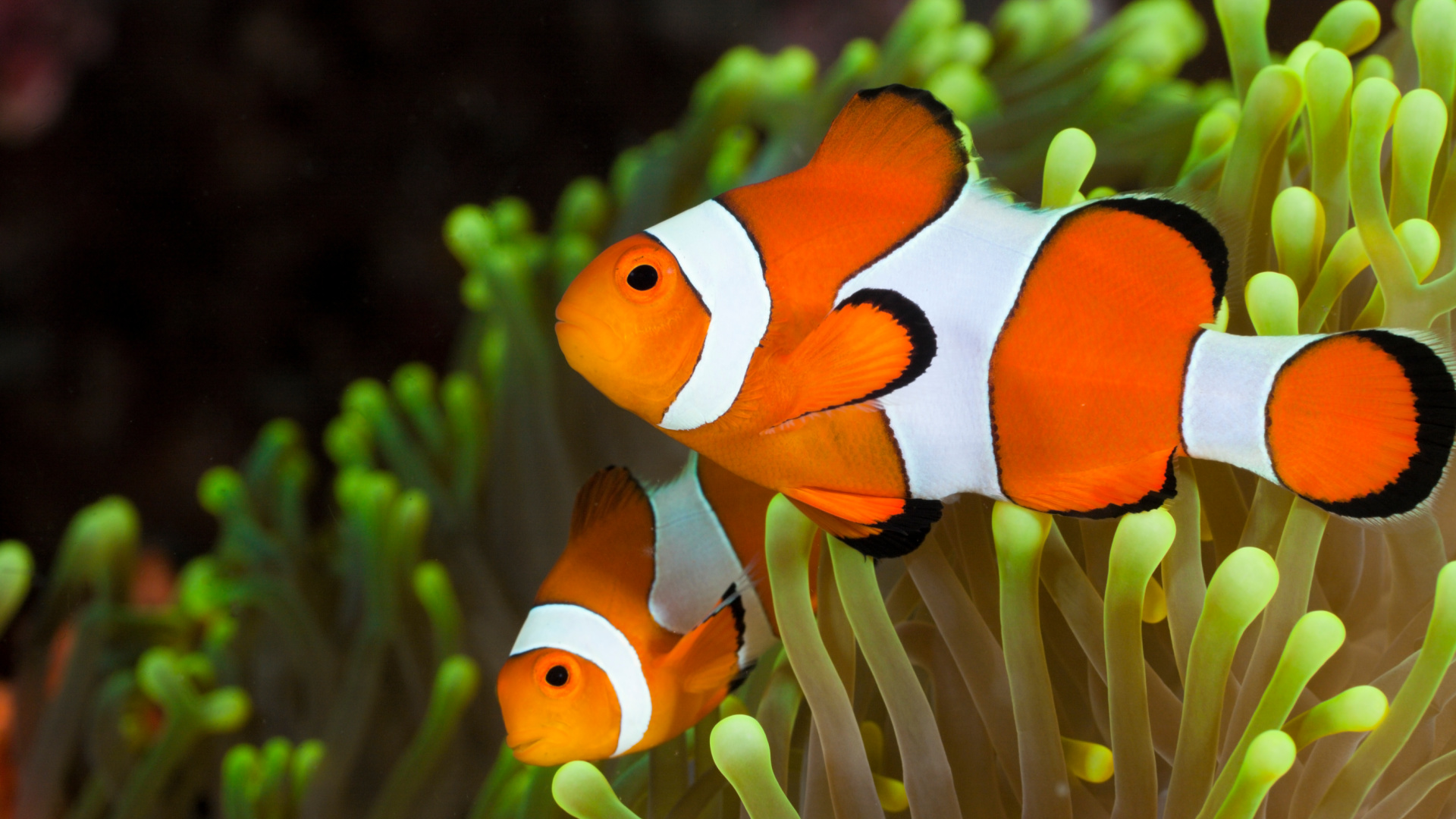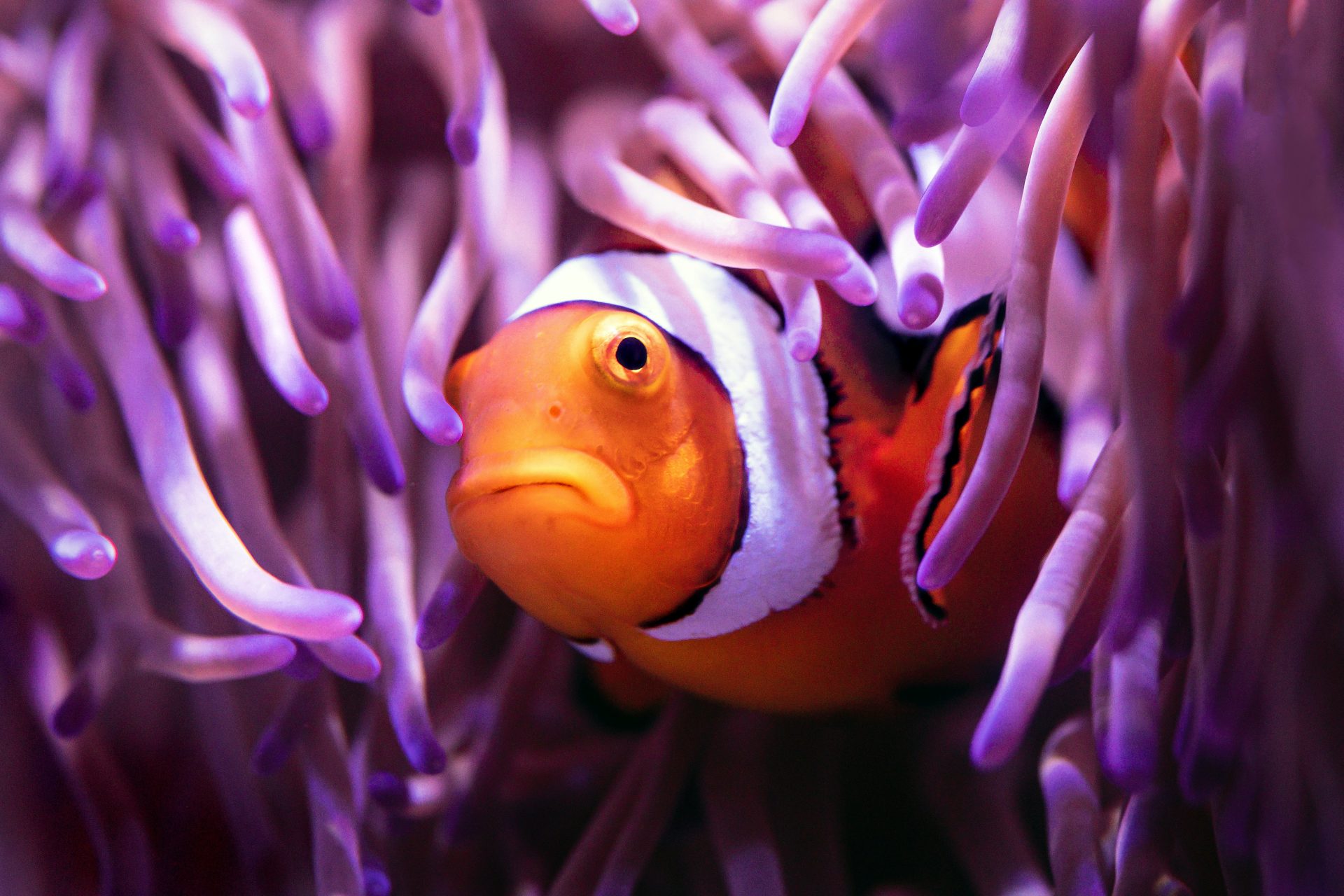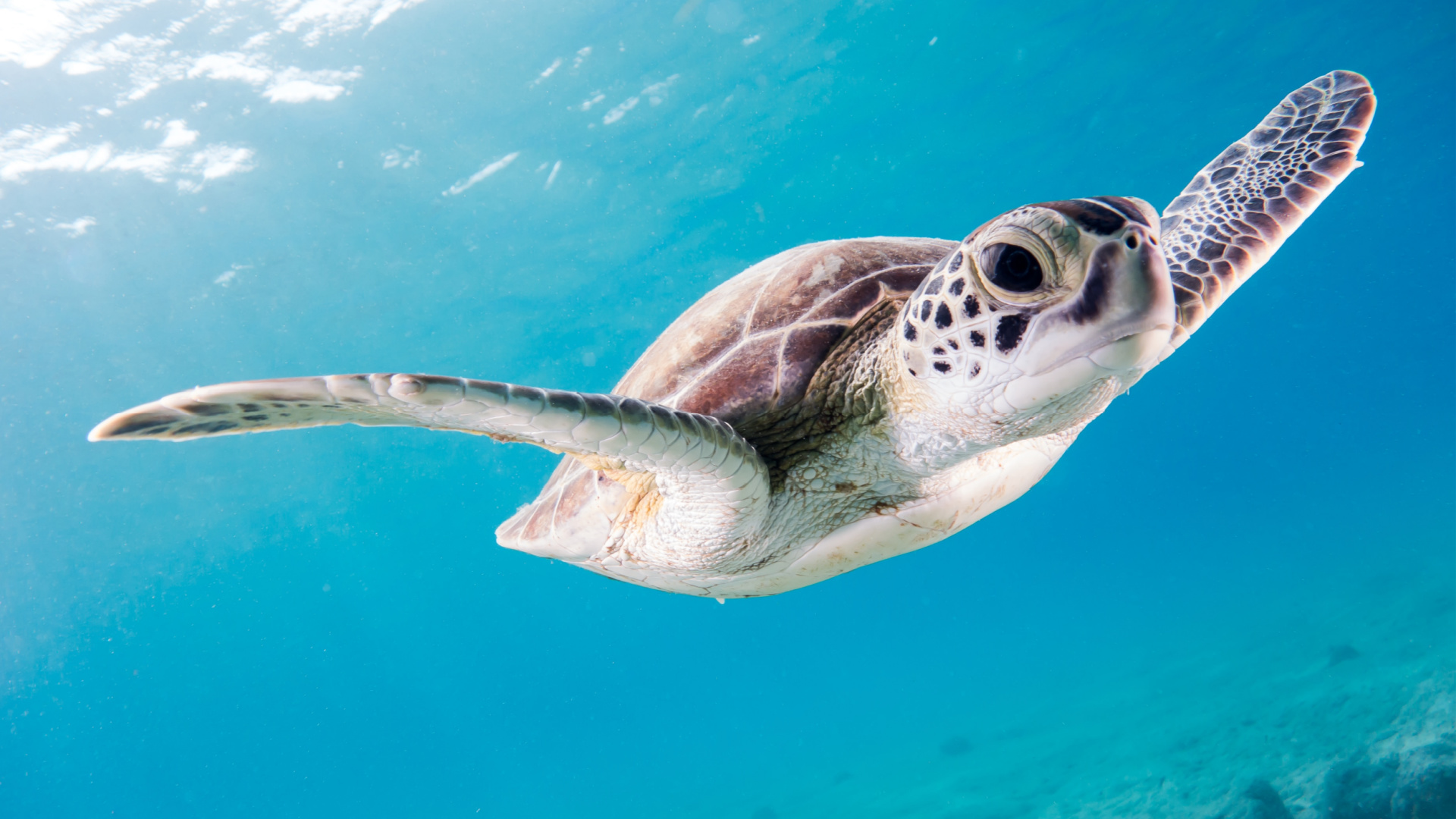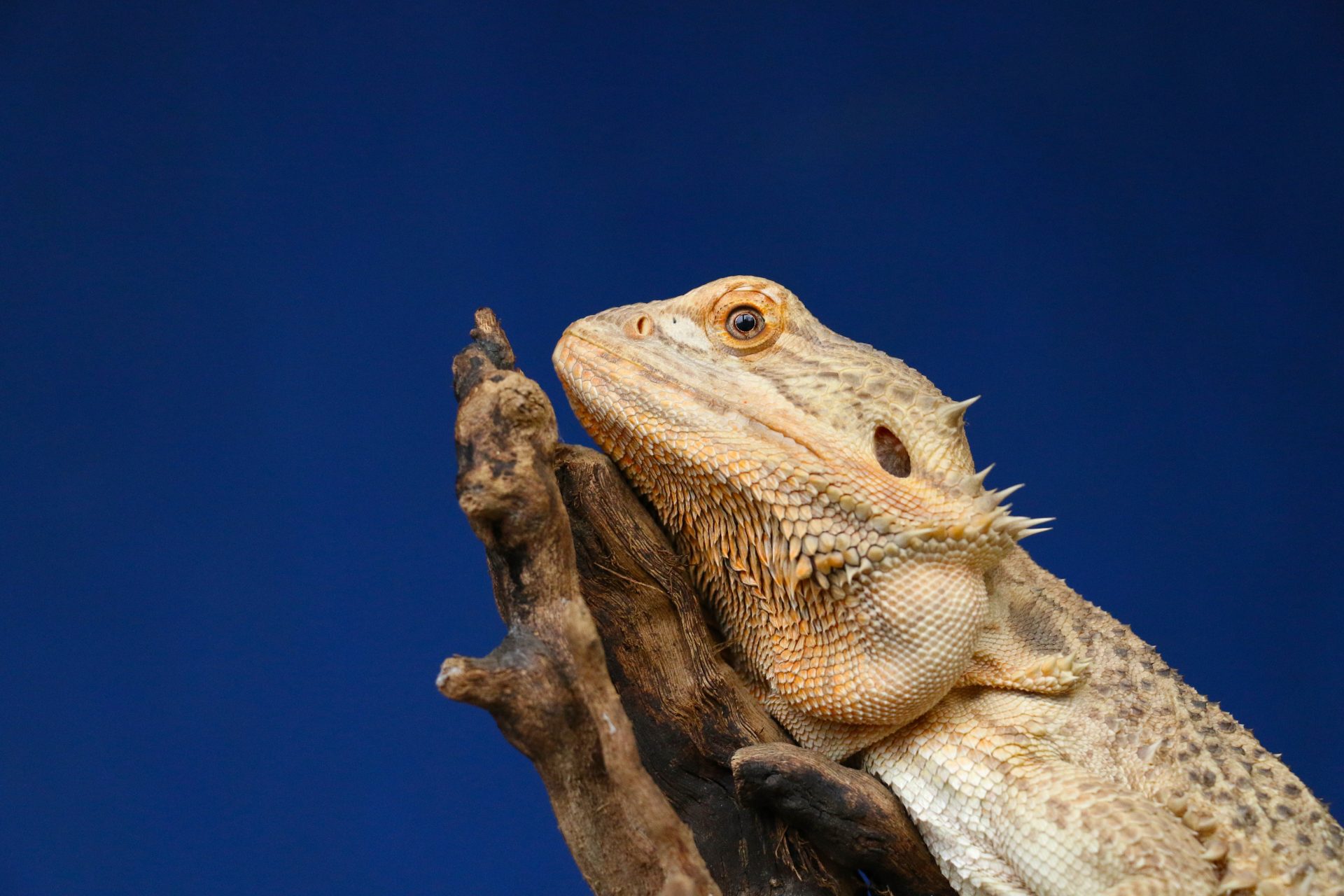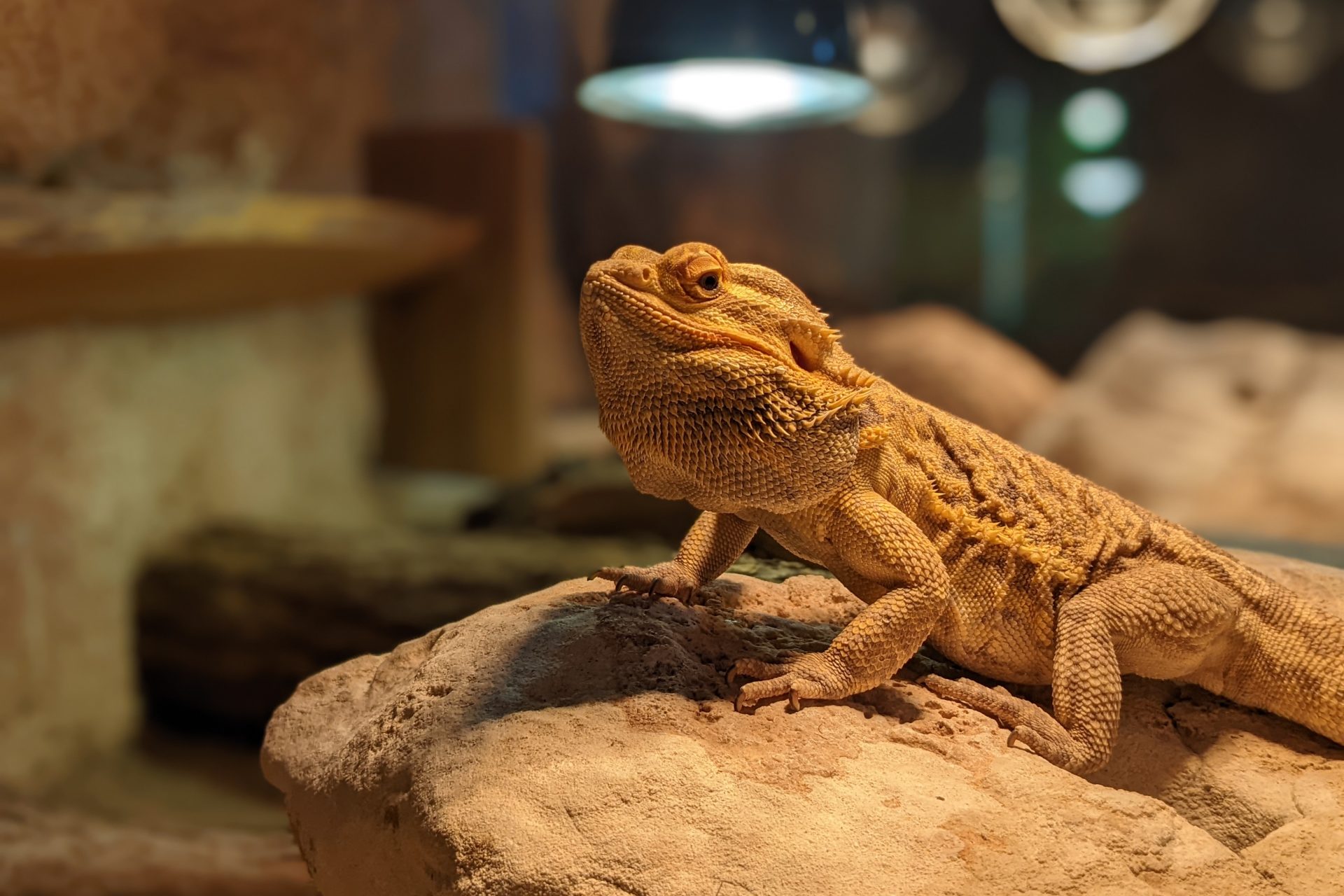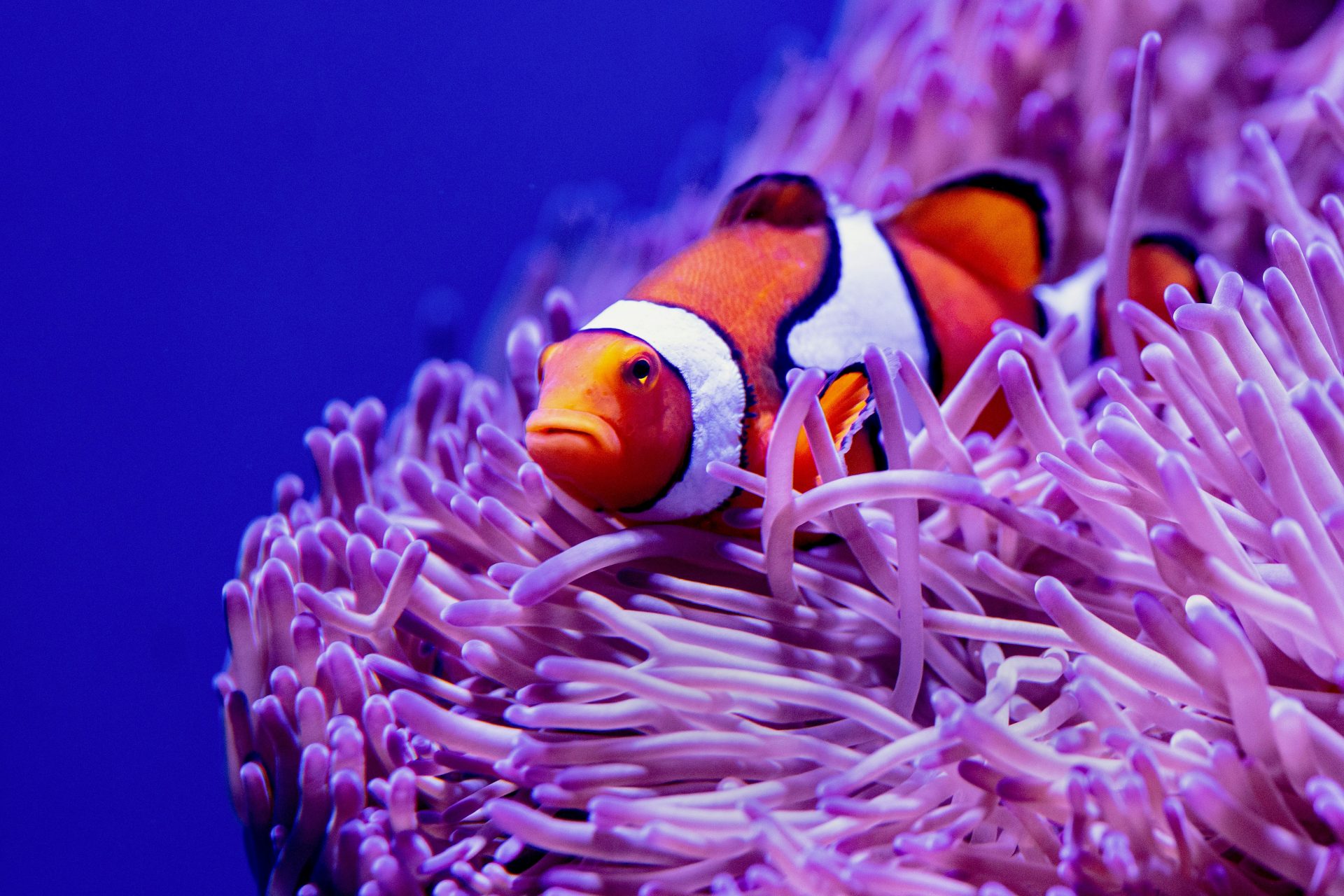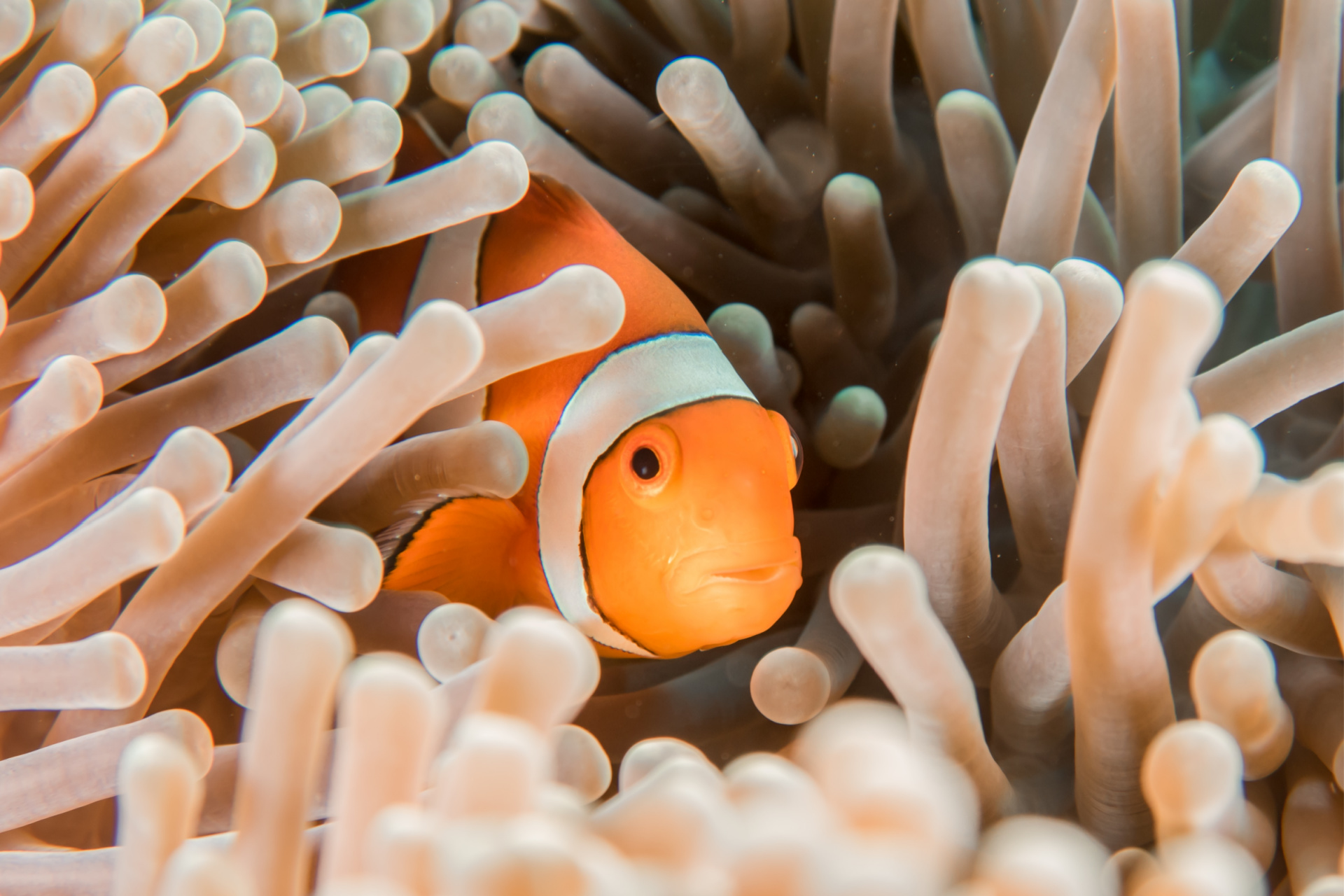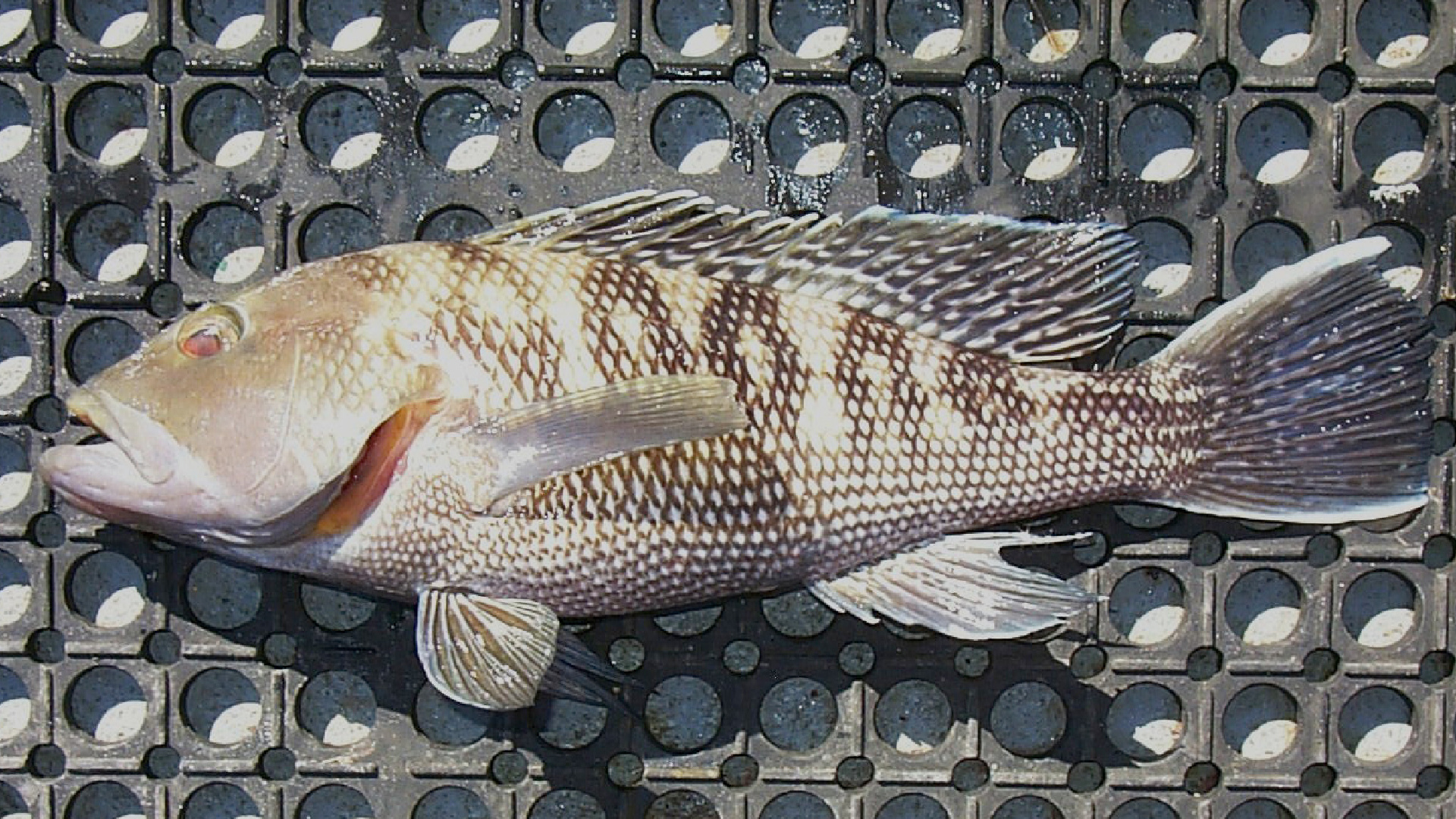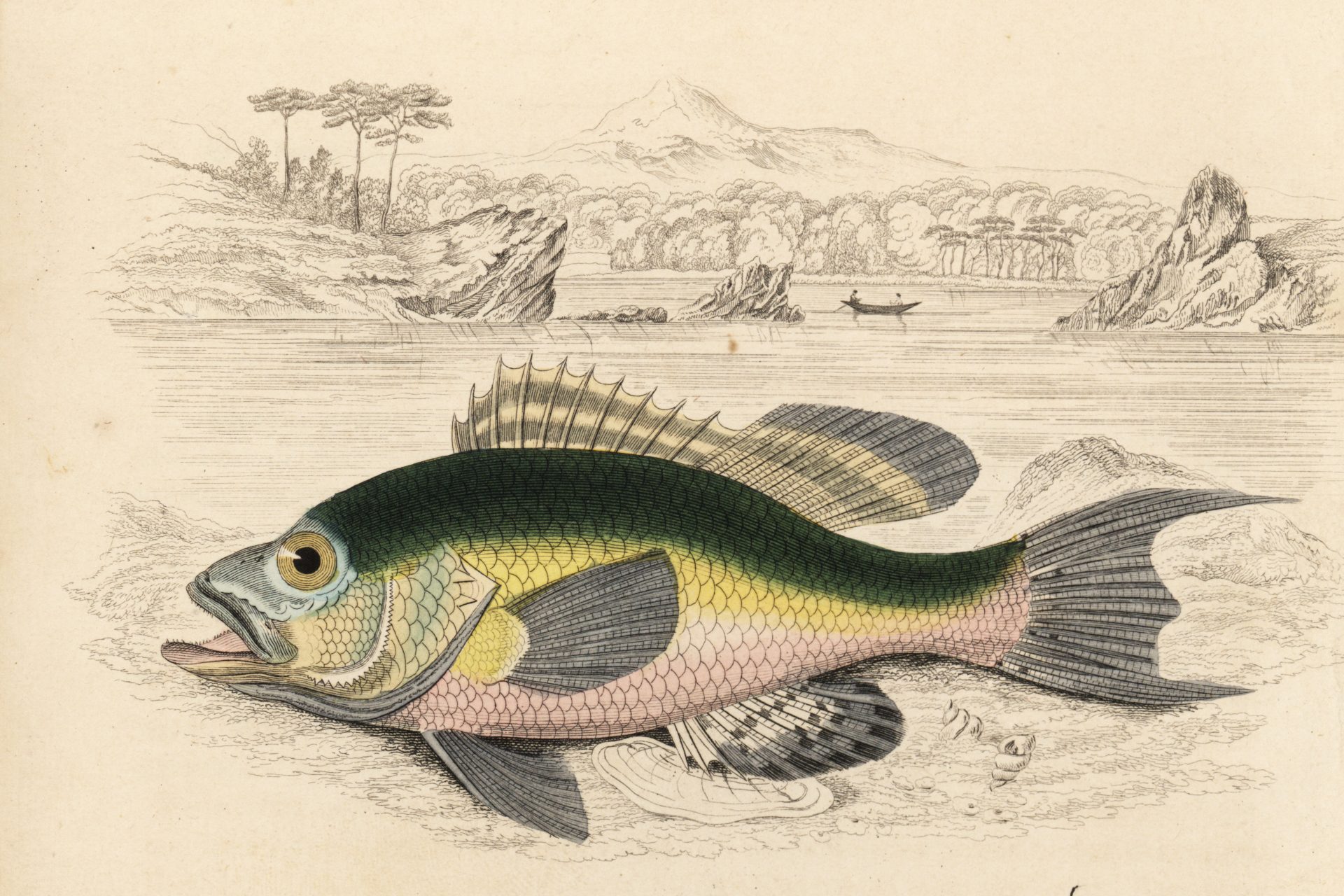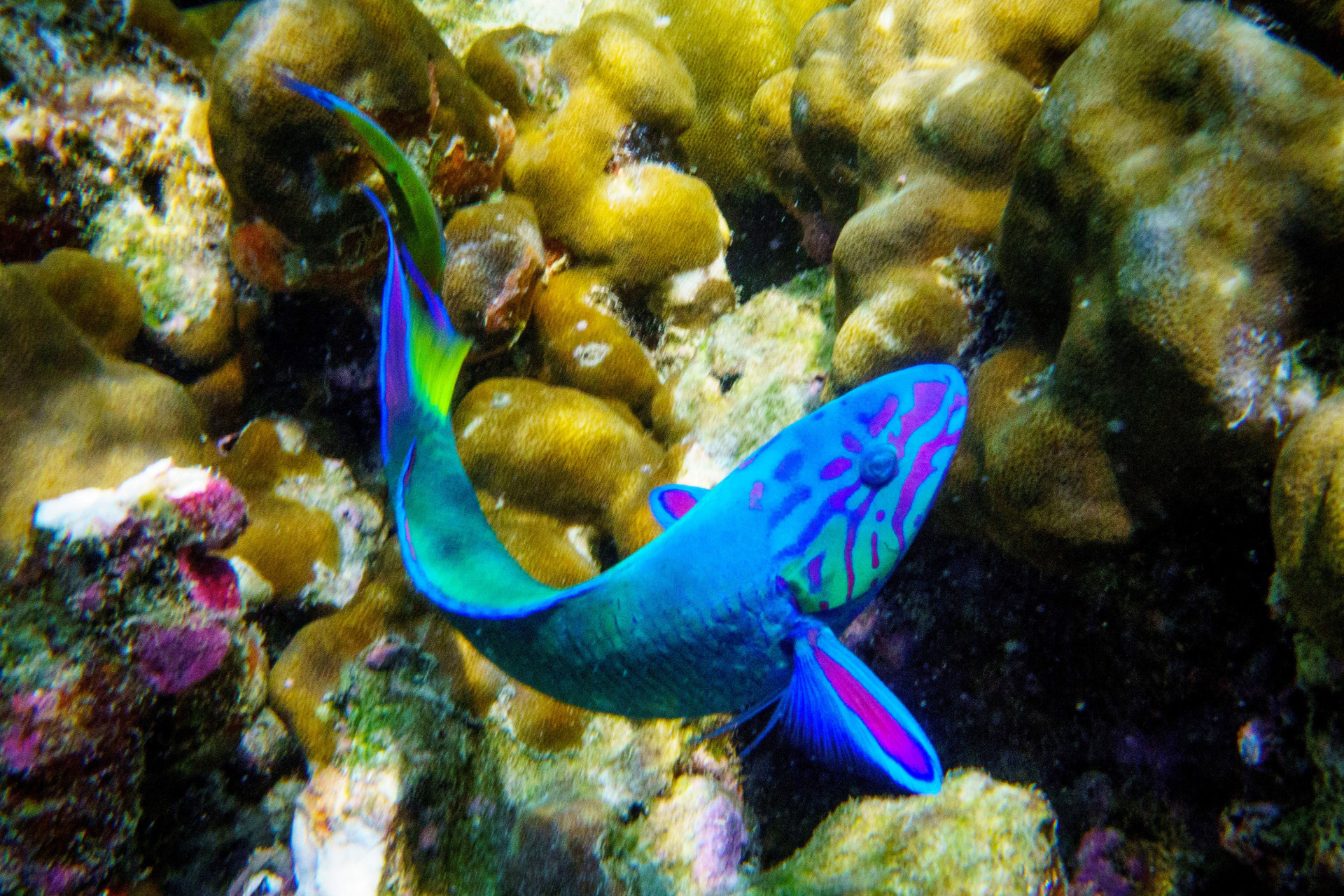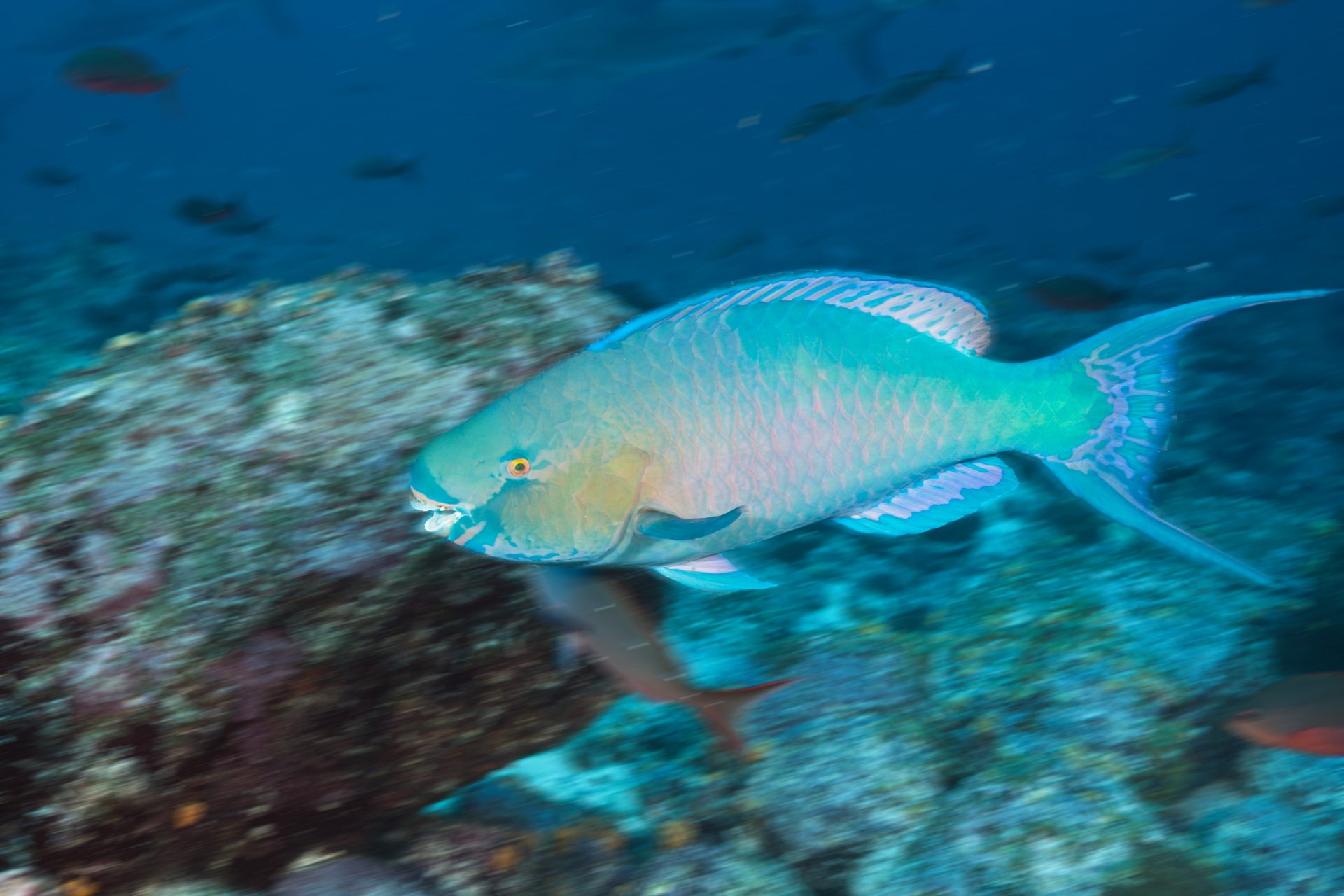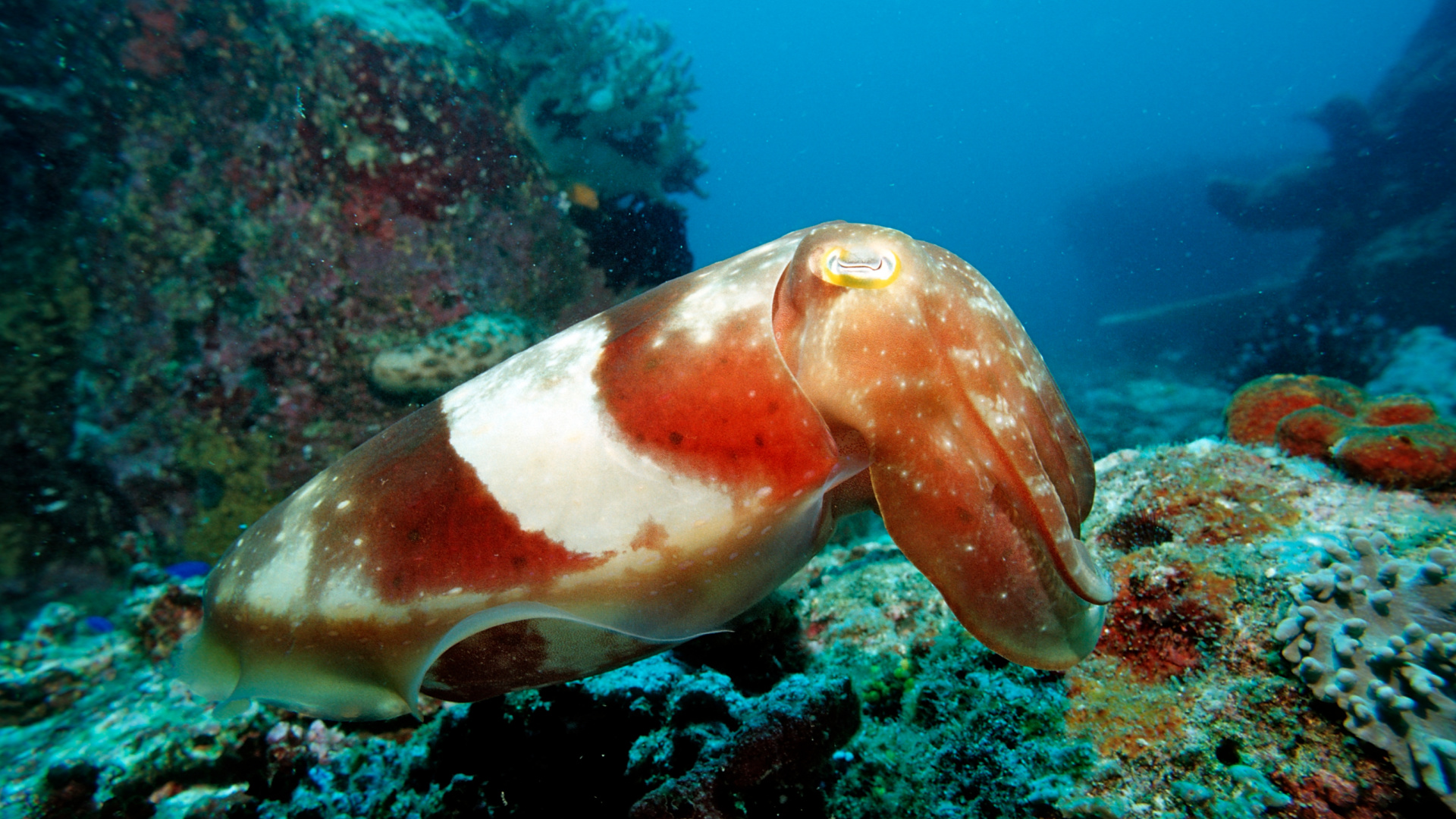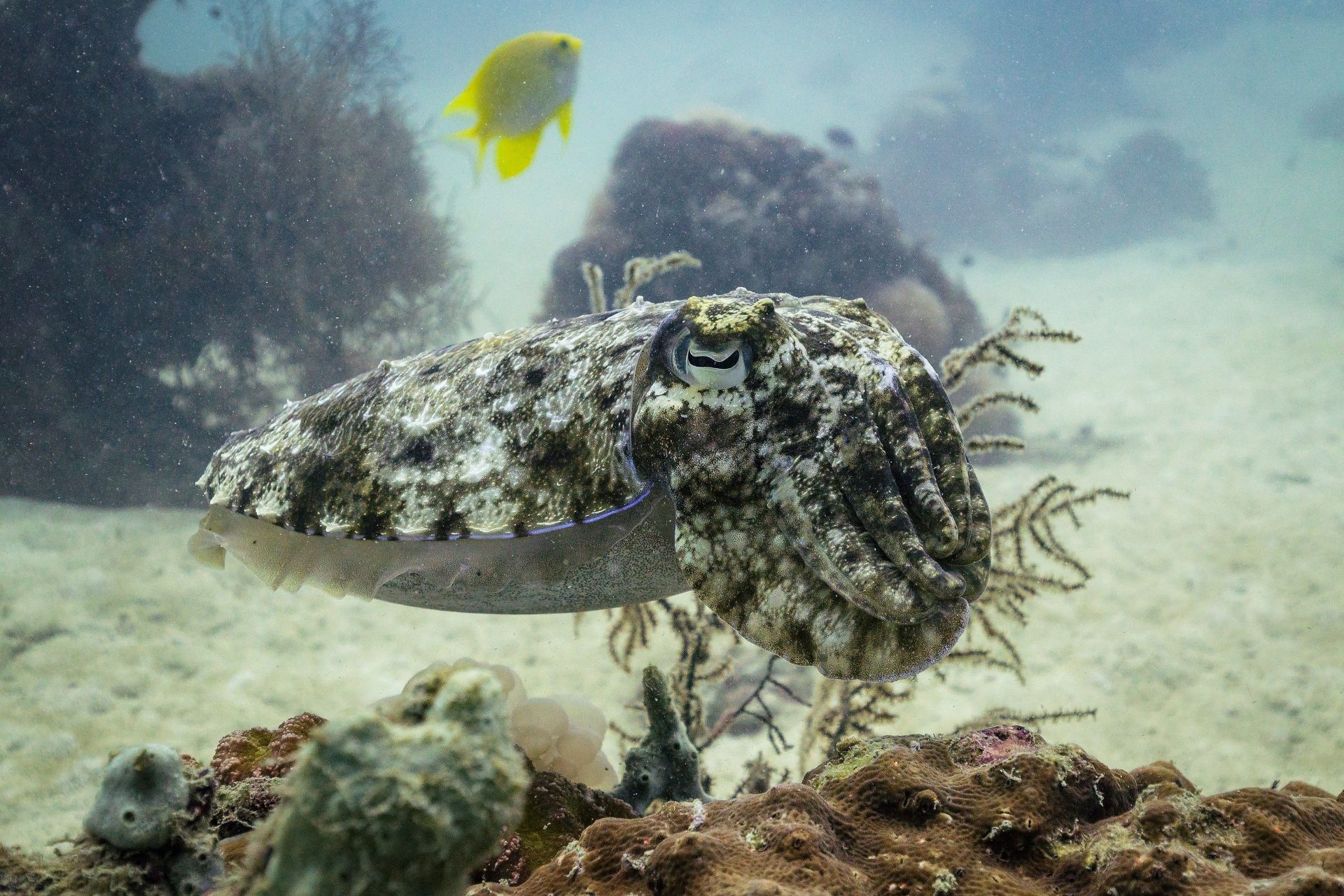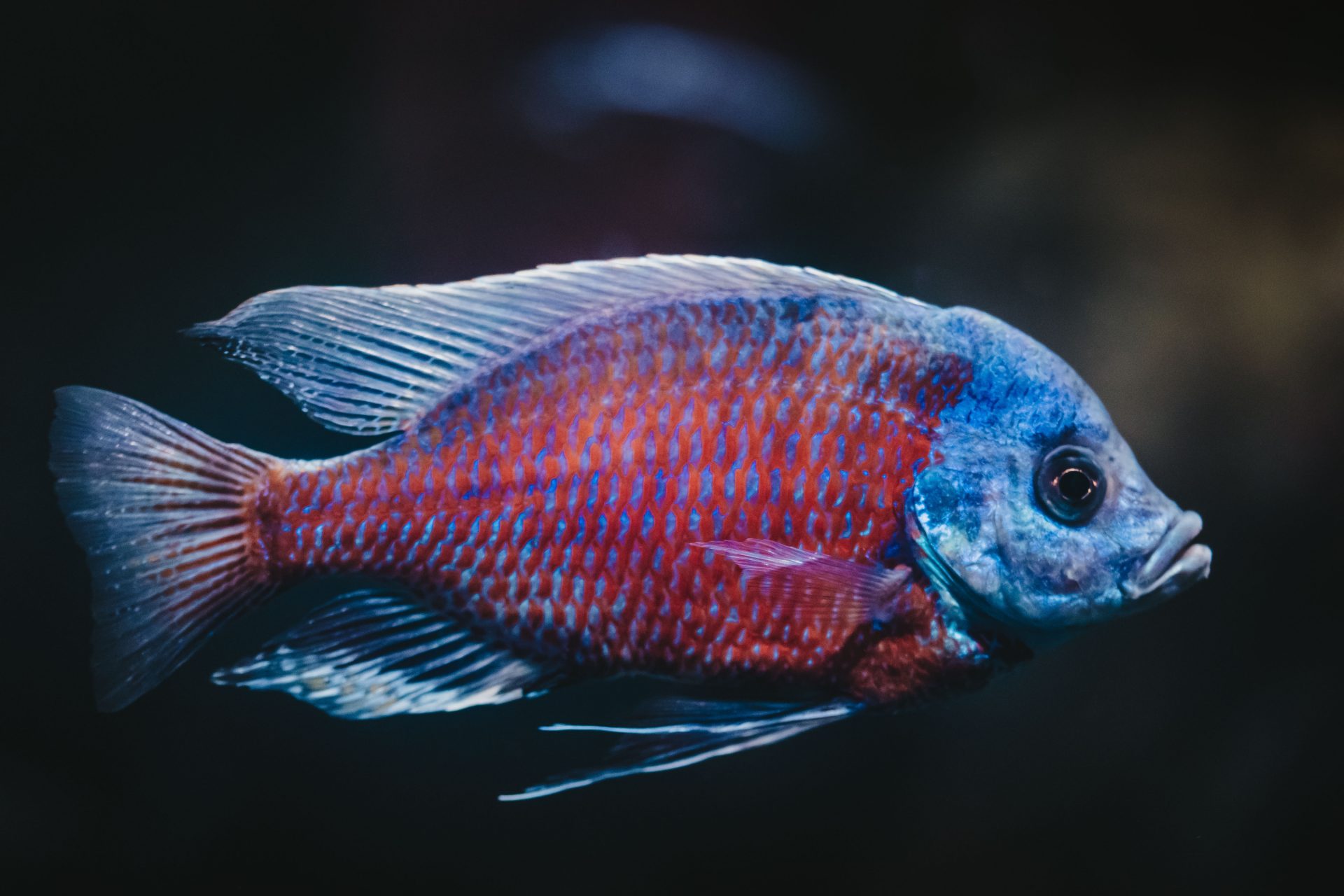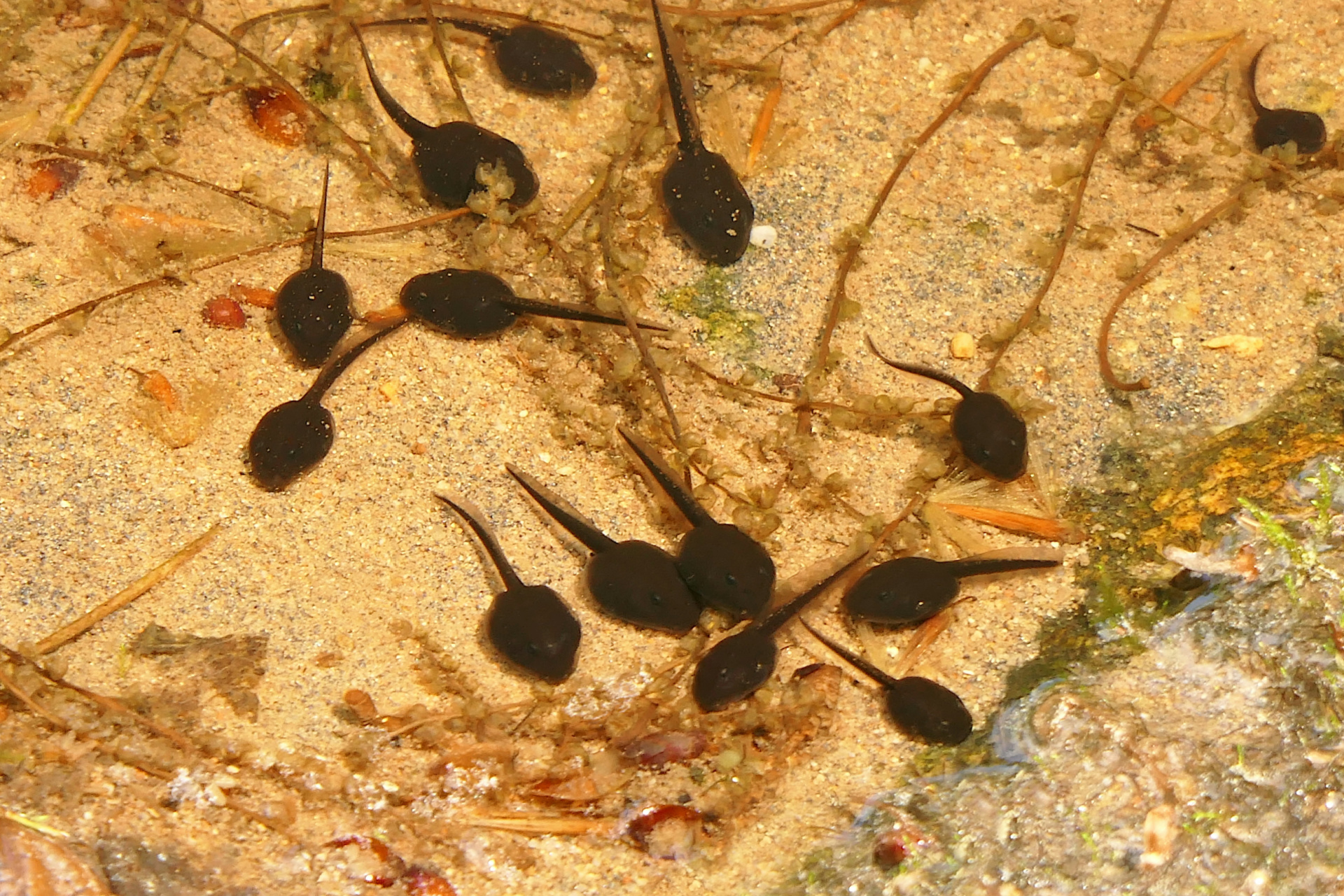Animals that can change sexes
Biological sex is not always a decisive and fixed condition in nature. Some species are born with male and female organs functioning simultaneously.
Some animals change sex depending on need or environmental conditions. There are also those who can even pass as a different sex if a disguise is necessary.
In the world of turtles, the incubation temperature of the eggs is often the decisive factor in determining the animal's sex. This is because some species do not have sex chromosomes that define whether the turtle that will hatch will be born as a male or female.
(Photo: Unsplash / Kris-Mikael Krister)
Global warming has directly affected the continuity of the species since, in warm waters, there is a probability that there will be a larger population of females.
(Photo: Unsplash / Jesse Schoff)
According to a study carried out by the University of Canberra and the Australian National University, male pogona lizards can become females. The species is initially born with a defined sex, but depending on the egg incubation temperature conditions, the animal can act and reproduce as a female.
(Photo: Unsplash / Pierre Bamin)
The curious thing is that sex-reversed “mothers” are more reproductive and lay almost twice as many eggs as other females.
Yes, Nemo is a protandrous hermaphrodite animal, as revealed in a publication by the São Paulo State University (Unesp). All clownfish are born male, and for the continuation of the species, some of them goes through the transition and becomes female, in a process known as dichogamy.
(Photo: Unsplash / David Clode)
Only the clownfish that are the strongest and most resistant become the leader and make the transition, becoming the only female in the school. She, in turn, only mates with the second fish in the ranking. Fun fact: this is the only couple in the entire school of clownfish that can copulate.
(Photo: Unsplash / Sebastian Pena Lambarri)
The species is predominant on the Atlantic coast of the United States, and the majority of females are born and change sex if there is a shortage of males during the spawning period.
Everything happens very naturally, and, according to experts, this change occurs when there is a need for population balance; it is a change that occurs to help the species survive.
Just like the serrano-striated, the parrotfish also has the instinct to preserve the species and uses gender change to do so. Most of them are born female; however, they carry "deactivated" male sexual organs and, at any time, can transition.
Among wrasses, females or males can transform into the opposite sex, if necessary, to balance out the population. When the dominant male dies, the largest female in the group assumes the role of leader, and within two weeks, her male sexual organs grow. She becomes more active and aggressive to protect the territory and her flock.
The cuttlefish is a peaceful mollusk and is an equal opportunity lover. Instead of violently competing for a female's attention, the male will often turn one half of his coloring to female coloring so that the other males do not feel threatened by his advances on the females in the group.
According to researcher Culum Brown, from Macquarie University, while the cuttlefish is in this situation, it positions itself in a way that on one side it displays male stripes to attract its mate, while on the side facing another male, it appears female in order to appear harmless.
The life of Serranus tortugarum, aka the Chalk bass, is very lively. The species is a simultaneous hermaphrodite, capable of changing sex from male to female and vice versa, up to 20 times a day.
(Photo: Unsplash / Pawel Czerwinski)
When they are still tadpoles, some species of frogs and toads can practice sexual inversion. The researchers analyzed some tadpoles with male genotypes and female organs and also observed opposite genotypes.
(Photo: Unsplash / Patti Black)
More for you
Top Stories



